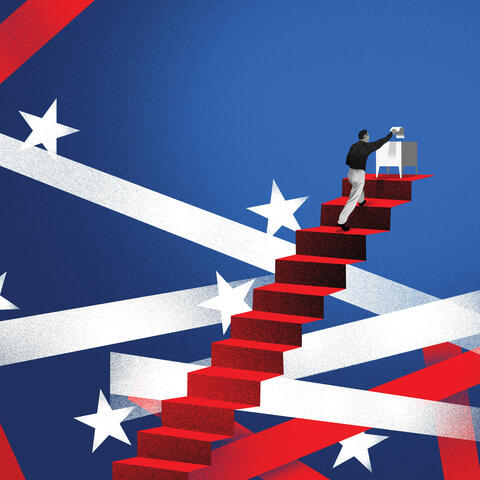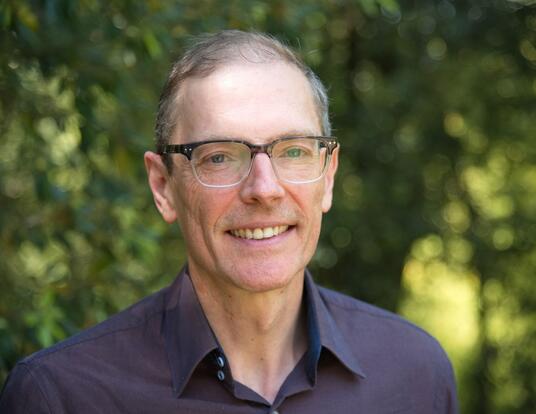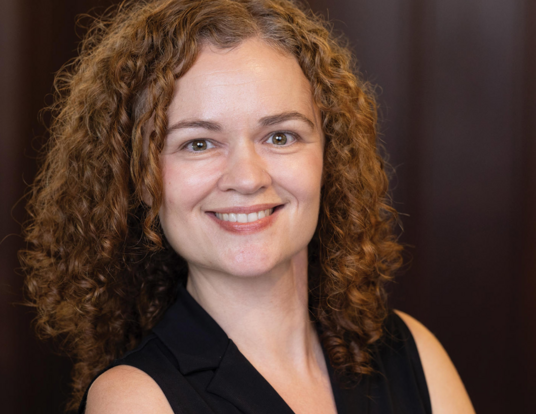Being Human, Now
How innovative methods and contemporary concerns are helping humanities scholars re-envision the past and imagine the future.
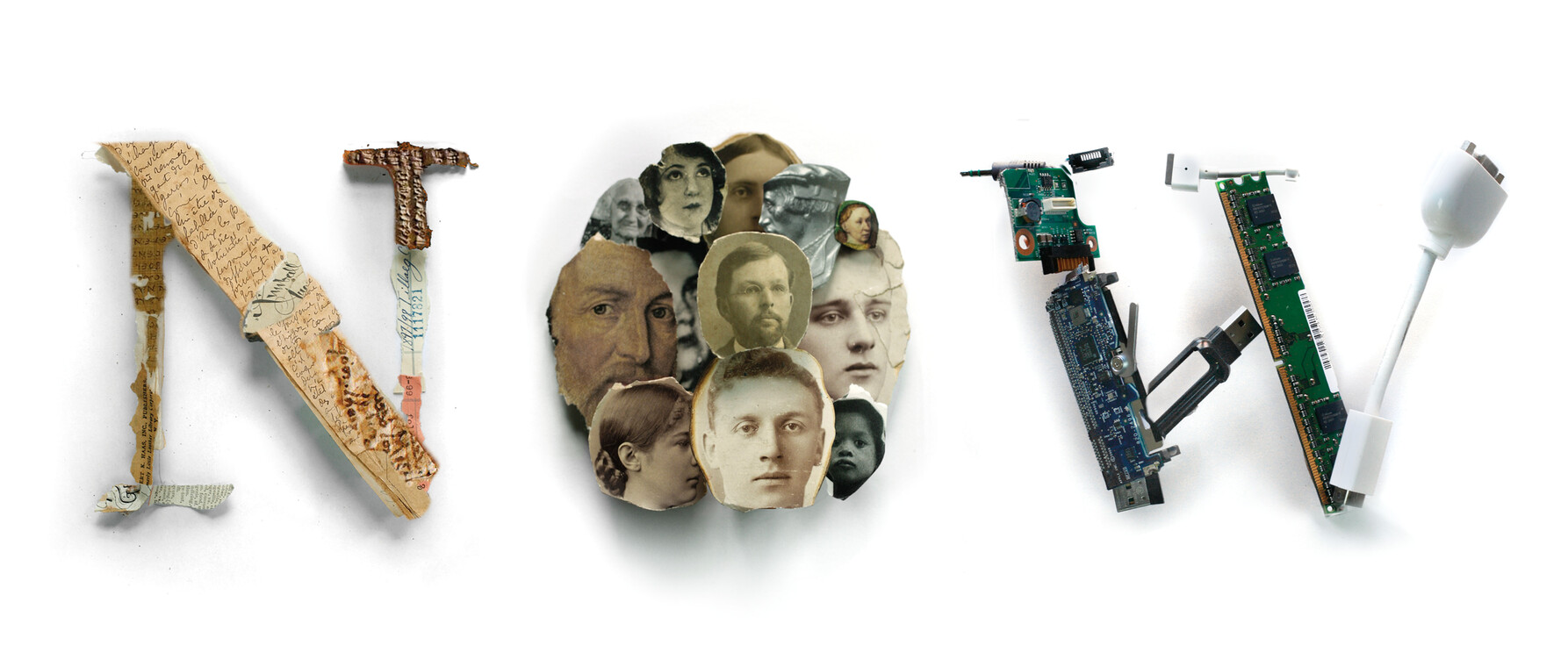
Definitions can be telling. Page through The Oxford English Dictionary and you’ll discover that “humanities” doesn’t have its own entry. To get to it, you’ll first have to contend with being human, quite literally. What we call the humanities—the branch of learning concerned with human culture, including history, literature, ancient and modern languages, law, philosophy, art, and music—originates from “humane,” “human,” and “humanity,” words that signal the rise of humanist knowledge in the 15th and 16th centuries. And here’s where etymology becomes intellectual history. The humanities are not only a means for studying humanity, rather, the emergence of its disciplines announces a fundamentally new configuration of what it means to be human—capable of agency, reason, and imagination—and the historical moment when humans became the measure of knowledge.
The rise of the human was accompanied by a series of revolutionary technologies—the printing press, moveable type, and the book, among them—that would change the way knowledge was constituted and disseminated. These days, humanities scholars are grappling with some equally massive reconfigurations of knowledge. The Anthropocene (an idea borrowed from the geological sciences embodying the belief that human actions have so shaped Earth’s destiny that “the age of the humans” should be an entirely new epoch of geological time) is a driving force in the environmental humanities. Pair that with the digital humanities, where the algorithm and computational thinking is driving the profound transformation in how we access and use data, and the transformations triggered by Gutenberg seem almost obsolete.
The challenge for the next generation of humanities scholars will be to synthesize the traditional questions and methods of their disciplines with the most pressing contemporary issues concerning human agency and human knowledge.
Losing Our Storytellers
When we lose our storytellers we lose the capacity to relate to each other and to tell our own story. We lose the capacity to hear fictional, universal truth and relate it to ourselves. Instead, we just get unrelatable data.
For Julianne Van Wagenen, a fifth-year graduate student in romance languages and literatures, whose dissertation concerns the 20th-century Italian singer-songwriter Fabrizio de André, literary techniques for reading texts of all kinds, including song lyrics, have the potential to cultivate greater human understanding. Encountering a different language and culture, she believes, is “how we learn empathy. We learn different ways of living, and we see ourselves as a system rather than separate.”
But Van Wagenen worries that the profound ways that digital technologies are changing the way we read have made us “lose patience with literature.” She looks to past literary critics to help her face the challenges of studying and teaching literature in the 21st century, including the German philosopher and cultural critic Walter Benjamin. “Benjamin says that the truth-telling authority of the storyteller falls at the same rate that the dissemination of information rises. We see data as something that we don’t need to interpret, and thus lose the capacity for interpretation,” she explains.
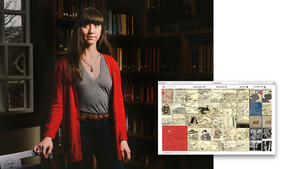
She sees Benjamin’s take on the lure of data, written in the 1930s, as a prescient explanation of our current moment. “Why would we read something that we have to interpret to find the truth if we can just get facts from data? When we lose our storytellers we lose the capacity to relate to each other and to tell our own story. We lose the capacity to hear fictional, universal truth and relate it to ourselves. Instead, we just get unrelatable data.”
Van Wagenen started to wonder if perhaps technology could enable new forms of storytelling, which led her to a course called Digital Humanities 2.0, offered through the metaLAB, Harvard’s networked arts and humanities lab and production studio. She credits the course with helping her “to understand, in a studio and lab setting, how technologies, approached with a humanist mind,” can promote “new ways of seeing, new ways of learning, new ways of telling stories that are in the physical world and in the digital world.”
“Labs like the metaLAB provide opportunities for students to experiment with what scholarly knowledge looks like,” says Jeffrey T. Schnapp, professor of romance languages and literatures, co-director of the Berkman Center for Internet and Society, and the metaLAB’s founder and director. They also help train the next generation of scholars, like Van Wagenen, who are in effect, bilingual, as skilled in the traditional methods of humanistic inquiry as they are in software development.
It’s not just what digital tools can do for the humanities but how they do it. The metaLAB is premised on working teams, which contrasts with the craft-based idea of training people one-by-one that prevails in the humanistic disciplines. Instead, it’s an approach inspired by the laboratory and the art and design studio, which means “a community-based model of learning through making, doing, and experimenting, which has the potential to change what knowledge looks like in the humanities,” says Schnapp.
Van Wagenen is doing both. Parallel to her scholarly training, she is a principal at the metaLAB, where she’s the project manager for Curarium, a digital platform that will allow a diverse community of users, from scholars, curators, teachers, students, and the public, to more actively work with image collections than traditional databases allow. “One of the consequences of adopting a lab-based, experimental ethos is that the kind of things we produce at the metaLAB use languages that cross barriers and reach audiences that would never open a scholarly monograph or pick up a scholarly journal,” says Schnapp. “From a humanities perspective, we don’t dilute the rigor of what we do. If you design your projects well, you can have it both ways.” Or, as Van Wagenen puts it, “There’s a reason we call them platforms. The digital platforms we build are a new stage, a new way of reaching audiences.”
Spreading Ideas
Being at Public Books has given me a new appreciation of the potential for the digital to be a medium for spreading ideas.
For Liz Maynes-Aminzade, PhD ’13, a literature scholar fascinated by the social uses of literature, audience is also a keyword. Maynes-Aminzade wrote her dissertation on the big Victorian novel—think Charles Dickens, Anthony Trollope, and George Eliot—asking an elegantly simple but revealing question: What was the appeal of “the macrorealistic novel” to 19th-century readers? Her answer was that the authors of these sweeping, realistic novels were helping readers trace the connections between, and understand how their actions can affect, people far away and sight unseen in a complex, global society.
The motive for, and result of, literature, in other words, is social, and it was Maynes-Aminzade’s interest in the social affect of what we read that won her a fellowship from the American Council of Learned Society’s Public Fellows Program. Now in the first year of a two-year fellowship, she’s the digital strategist for Public Books, an online review of arts and ideas. “The idea is to create a venue where specialists and experts could write about their areas of deep knowledge for a wider general public and make those ideas more accessible,” she explains.
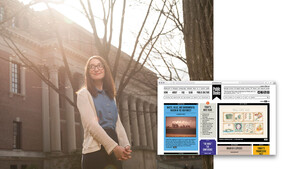
Thus far in her fellowship, that might mean working on publicity for a Public Books–sponsored public event, such as a moderated discussion, workshop, or book launch, identifying a cultural trend or an emerging issue that would benefit from deeper, scholarly reflection, or commissioning articles and working with writers.
Maynes-Aminzade has a one-word answer to what she’s most excited about when it comes to the humanities right now: “the Internet.” “Being at Public Books has given me a new appreciation of the potential for the digital to be a medium for spreading ideas,” she says.
Humanist Activism
She’s quick to note the connection between one of literature’s essential tasks, “to create an imagined public,” and the idea of the commons, which implies shared resources, both cultural and natural.
Mention the idea of a reading public to Stephanie LeMenager, PhD ’99, the Barbara and Carlisle Moore Distinguished Professor in English and American Literature and professor of environmental studies at the University of Oregon, and she’s quick to note the connection between one of literature’s essential tasks, “to create an imagined public,” and the idea of the commons, which implies shared resources, both cultural and natural.
“The humanities are well equipped to be part of the conversation right now about global climate change and our energy system,” LeMenager says. “On the one hand the Anthropocene is all about us driving climate change and our tremendous, accidental power that has also destroyed our conditions of thriving. When students experience it, and when I experience it, it’s more as a profound social failure that has to do with not recognizing our responsibilities to one another and to other life forms.”

For LeMenager, it all starts with the question, what is literature for? “I’m a 19th-century literary scholar by training, and I come right from there to the digital age,” she says. “The 19th century was a period when people were idealistic about how literature and art could change the world,” she explains, adding, “and they were right.” Literature, from this perspective, is an active process of telling and sharing stories that can foster social change and create a more sustainable future.
The methods of the humanities also have something to contribute. The long-term, wide-angle analytical perspectives that define humanistic studies have the potential to be antidotes to the short-term, fast thinking that defines our 24/7 age: “The longue durée is so important to any kind of humanistic work, even in the age of digital media.”
Like Schnapp and Van Wagenen, LeMenager believes in the potential of digital storytelling because it gives students the tools to take what they are learning and become active makers of culture. Her students are not only reading literature that engages with issues of climate change, she also asks them to use the tools of literature to respond to their own experiences. For example, on platforms like futurecoast.org, you can leave a voicemail message from the future, and at dearclimate.net, you can write a letter, in any literary form, be it a poem, a tweet, or a short story, to the climate.
In that sense, the environmental humanities are simultaneously an intellectual and activist enterprise, often embracing digital tools to expand, and hopefully transform, public discourse and serve as a channel for cultural change. “I think we are in a very good position to summon up the publics that we want to bring into being,” LeMenager says. And changed publics mean changed futures, for us and the planet.
Bronze Age Big Data
Our shared desire to tell stories, about the past present, and future, and draw on empathy and intellect to reflect on them, remains essential to what it means to be human.
If for LeMenager the humanities have a role to play in creating a changed future, then for Adam Grant Anderson, a PhD candidate in Near Eastern languages and civilizations, advances in computational applications are the key to helping scholars discover new information about the ancient past.
Anderson first combined linguistics and computers as an undergraduate, adapting a text database made by computer scientists to study the Bible and the Dead Sea Scrolls that enabled him to study word-play in the book of Isaiah, contrasting the traditional sources of the text with what appeared in the Great Isaiah Scroll, one of the original seven Dead Sea Scrolls. The process became so helpful that he used it to study everything from 16th-century Yiddish texts to the plays of Bertolt Brecht.

Using computers isn’t new in Anderson’s field of ancient Akkadian and Sumerian studies. Computers were first used to study Old Assyrian tablets, dating from 1950–1750 BCE, in 1960 CE. Fast forward 50 years and computers are far more advanced, even as Anderson explains that the kinds of questions Assyriologists ask remain essentially the same. Much has to do with thousands of highly detailed records left via cuneiform tablets.
Anderson’s interest in big data, both ancient and modern, led him to the Old Assyrian Text Project (OATP) at the University of Copenhagen, where he worked with a corpus of 10,000 digital texts curated by leading scholars in Old Assyrian studies in Copenhagen and Leiden. For his dissertation, he decided to study a group of Bronze Age cuneiform texts, including contracts, letters, and receipts, relating to an Assyrian merchant colony in central Anatolia, now modern-day Turkey. As if reading ancient languages scratched into centuries-old clay tablets wasn’t enough of a challenge, Anderson was faced with the complication of papponomy, the naming custom by which sons were named after their fathers or, more commonly, grandfathers. Because of this practice, a major task of Assyriology is “disambiguating” the thousands of people who share the same name in over 2,000 texts across 200 years.
Working with two computer scientists, Anderson created an algorithmic model that could be used to analyze the cuneiforms texts. For his dissertation, The Old Assyrian Social Network: An Analysis Based on the ‘Old Texts’ from Kültepe, he’s been working with results of that analysis to graphically map merchants’ identities in relationship to each other. “We can see the overall scope and organization of the Old Assyrian network in all its complexity, he explains. “In essence, it’s the Facebook of ancient Assyria.”
The analogy to social media puts the ancient past in a contemporary light. But like LeMenager, Anderson takes his perspective on the contemporary state of the humanities from the past: “Goethe spoke of a moment when the vergängliche [transient] subjects from the arts and humanities would be reunited with the unvergängliche [intransient] sciences, and we would then realize that the two were always one as from the beginning,” he explains. “It’s exciting to be a scholar today after over 150 years of working with these ancient texts, when the obstacles and limitations from Goethe’s time can be addressed using computers, thereby making these long forgotten ‘big ancient data’ relevant again.”
Marking cuneiform script into a clay tablet may seem light years away from tapping out a text message, but for Anderson seeing cuneiform tablets as a record of ancient social systems gets at the crux of what connects us to the past and the “common humanity” that drives our desire for connection and communication. The future may not look anything like the past or present, but our shared desire to tell stories, and draw on the power of empathy and reason to reflect on them, remains essential to being human.
Illustration by Polly Becker
Get the Latest Updates
Join Our Newsletter
Subscribe to Colloquy Podcast
Simplecast


